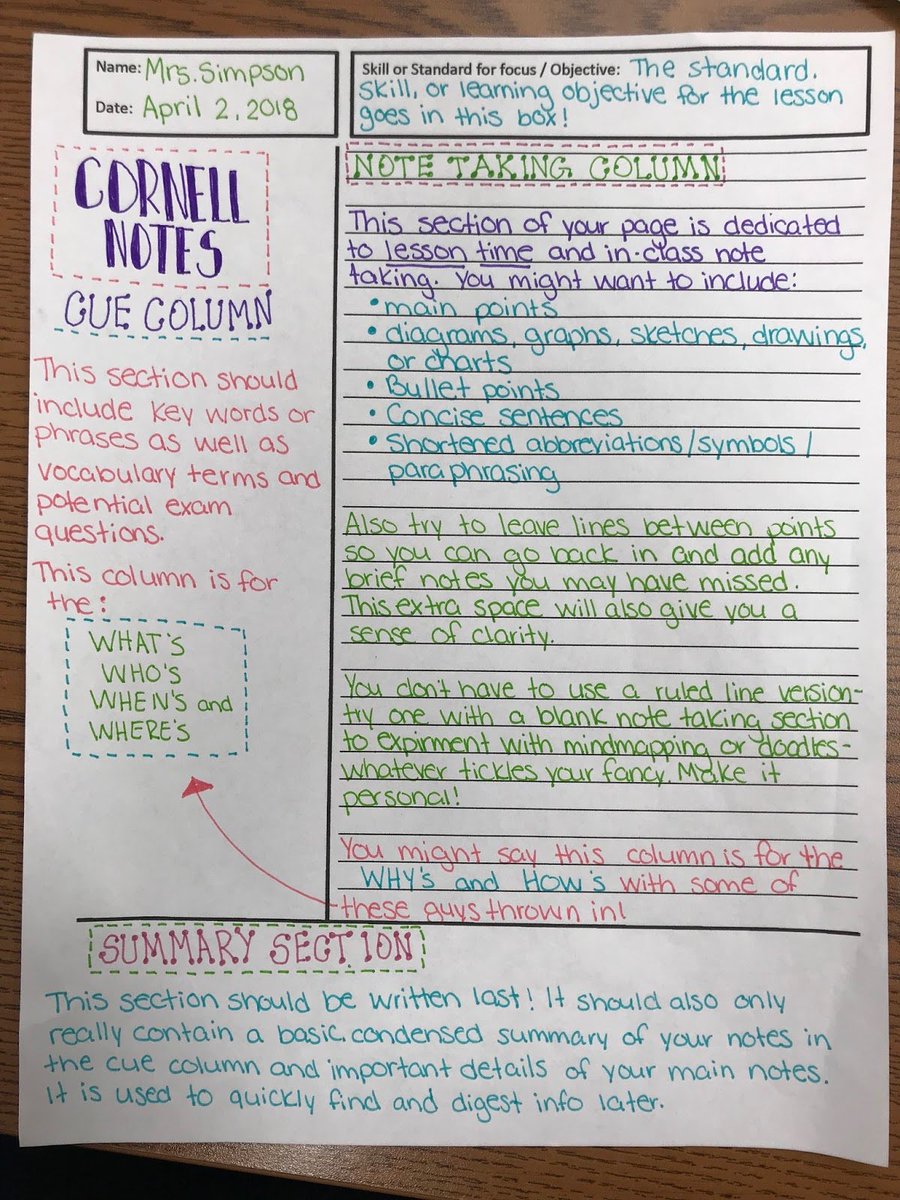
This really sparked some nice memories, and also helped me to realize something that has happened to my personal productivity over the last few years.
I would say if we go back about 15-20 years, there was a heavy focus on the future of Digital Dashboards.
I would say if we go back about 15-20 years, there was a heavy focus on the future of Digital Dashboards.
https://twitter.com/roamhacker/status/1404071207868243971
The idea of a digital dashboard is like the dashboard in your vehicle. It is a display of all relevant data related to driving (Vehicle speed, distance travelled, fuel status, possible engine issues).
With a quick glance you get all this information and you can focus on driving.
With a quick glance you get all this information and you can focus on driving.
This would be relevant in the digital realm, a dashboard of indicators and statuses that help you get to your destination, focus your energies & avoid problems.
Today, while there are digital dashboard technologies out there, it seems their promised future has gone unfulfilled.
Today, while there are digital dashboard technologies out there, it seems their promised future has gone unfulfilled.
My opinion is this: the digital dashboard concept was too focused on pulling in external data to the dashboard from diverse external sources, which actually proves to be very difficult to do in reality.
But the bigger issue lies in that we as individuals often don't have a good understanding of our own "internal data": What is relevant/irrelevant in my world? What drives smart decision making for me?
Lesson: Dont worry about the external, understand your own internal needs 1st!
Lesson: Dont worry about the external, understand your own internal needs 1st!
This is where tools like #roam and other #TfT tools might help us, we can in effect build our own GTD Dashboards, customized to our world and priorities.
This is why I am an advocate of having PKM & GTD systems in one graph or vault.
This is why I am an advocate of having PKM & GTD systems in one graph or vault.
• • •
Missing some Tweet in this thread? You can try to
force a refresh








